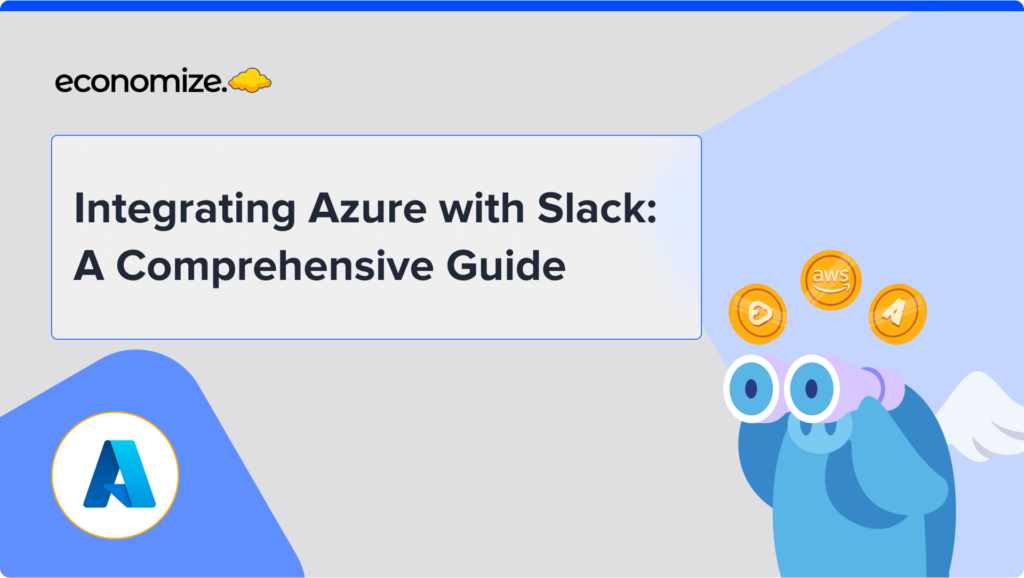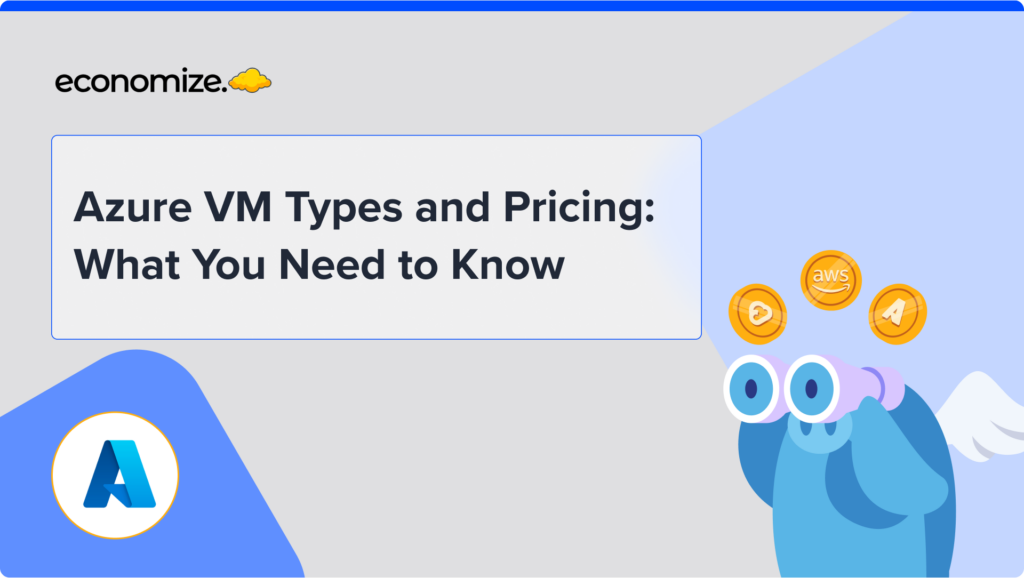By monitoring what you’re spending, you can make sure you’re using your resources wisely. This clear view into your costs helps you spot any resources that aren’t fully utilized, ensuring you’re not overpaying for what you don’t really need. Hence, AWS EKS cost monitoring plays a key part in managing your Kubernetes clusters. It helps you track resource usage, identify wasteful practices, and optimize resource allocation. This kind of insight is invaluable for managing current costs and for making accurate predictions about future expenses. By analyzing usage patterns, you can plan your budget more precisely, and reduce the risk of unforeseen costs.
AWS EKS Cost Monitoring Tools

The flexibility and scalability of Amazon EKS are impressive, but they can also lead to some unexpected costs if we’re not careful. That’s why it’s so important to use the right AWS EKS cost monitoring tools. These tools really open up what’s happening under the hood. They give us a deep look into how resources are used, help us see where our money is going, and let us distribute costs accurately across different teams or projects. Let’s dive into some of the tools that help us keep tabs on AWS EKS cost monitoring.
AWS Billing — Split Cost Allocation
AWS makes managing your Amazon EKS costs easier with its split cost allocation data feature. Its an effective AWS EKS Cost Monitoring tool that integrates smoothly with the AWS Billing Console, you can view and allocate costs using existing tools like Cost Categories and Cost Anomaly Detection. This feature allows you to drill down to the pod level, organizing costs by Kubernetes primitives such as cluster names, namespaces, and workloads.
To activate this feature, users need to opt-in for Split cost allocation data through the AWS Cost Management Console, AWS CLI, or AWS SDKs. Once enabled, it’s possible to include the data in new or existing reports which can be accessed via the Billing and Cost Management console or directly within Amazon S3.
AWS Container Insights
With Amazon CloudWatch Container Insights in a versatile tool that aids in AWS EKS Cost Monitoring. Container Insights helps you gather, compile, and summarize metrics and logs from your containerized applications and microservices. It’s compatible with Amazon ECS, Amazon EKS, and Kubernetes on Amazon EC2. Plus, it supports collecting metrics from AWS Fargate clusters for both Amazon ECS and Amazon EKS.

These insights allow you to make informed decisions about scaling and resource allocation, which can lead to significant cost savings. Furthermore, Container Insights’ seamless integration with AWS Cost Explorer allows you to align usage metrics with your financial data. This alignment offers a clear and detailed picture of your spending, enabling you to identify cost-saving opportunities and optimize your AWS EKS expenditures effectively.
Kubecost
When it comes to monitoring costs on Amazon EKS, Kubecost stands out as a valuable tool. It offers detailed cost breakdowns by Kubernetes resources and suggests ways to optimize. The tool includes pre-configured dashboards and reports, making cost tracking simple. By integrating with AWS Cost and Usage Report, Kubecost ensures you have accurate pricing information to get a clear view of your expenses, making it an excellent solution for AWS EKS cost monitoring.

To get started with Kubecost via Helm, make sure you have an Amazon EKS cluster with EC2 nodes (note that Fargate nodes aren’t supported). You’ll also need kubectl and Helm installed on your device or AWS CloudShell. Once installed, Kubecost integrates directly into your Kubernetes environment, providing you with real-time insights into cost distributions and areas for potential savings.
Economize – The Complete Cloud Cost Optimization Tool
Amazon EKS, while powerful, can be a significant cost center if not managed properly. Economize offers a comprehensive solution to this challenge:
- Granular Visibility: Economize provides detailed insights into your EKS cluster costs, breaking down expenses by pods, namespaces, and nodes. This granular view allows you to identify cost hotspots and inefficiencies quickly.
- Resource Optimization Recommendations: The platform analyzes your usage patterns and suggests optimizations, such as right-sizing nodes or adjusting pod resource requests, to ensure you’re not overpaying for unused capacity.
- Cost Allocation: Economize helps you accurately allocate EKS costs to different teams or projects, promoting accountability and enabling more informed decision-making.
- Idle Resource Detection: The platform identifies idle or underutilized EKS resources, helping you eliminate waste and reduce unnecessary spending.

In addition to AWS EKS cost monitoring, Economize’s capabilities extend far beyond, offering a holistic approach to cloud cost management. Whether you’re using AWS, GCP, or Azure, Economize provides a unified view of your cloud costs across platforms. The platform’s AI-driven recommendation engine provides personalized suggestions for cost optimization across all your cloud services.
Economize offers a powerful solution for businesses to optimize not just the EKS costs but the overall cloud spending. By providing deep insights, actionable recommendations, and continuous monitoring, Economize empowers businesses to take control of their cloud costs and drive efficiency.
Best Practices for Cost Optimization
Effective cost monitoring strategies not only help in controlling expenses but also ensure that the resources are being utilized optimally. Here are some best practices for AWS EKS cost monitoring:
Forecasting and Budgeting
Accurate forecasting and budgeting are crucial in AWS EKS cost monitoring. Utilizing predictive analytics and historical data, you can forecast future spending trends and set budgets accordingly. AWS provides tools like AWS Budgets that allow you to set custom cost and usage budgets. When integrated with AWS EKS, these tools can alert you when your spending is likely to exceed the set thresholds, enabling preemptive adjustments.
Implement Tagging and Labeling Standards
One of the foundational practices in AWS EKS cost monitoring is to implement a rigorous tagging and labeling system. AWS Cost Allocation Tags allow you to attribute costs to specific teams, projects, or environments, facilitating a precise breakdown of expenditures. This is particularly important in complex environments where multiple projects or services are hosted within the same cluster. Proper tagging ensures that every dollar spent can be tracked back to its source, providing clarity and aiding in accountability.

Regularly Review and Optimize Resource Allocations
AWS EKS cost monitoring is not a set-it-and-forget-it task. It requires ongoing attention to ensure that resources are being utilized efficiently. Regular reviews of resource utilization and performance metrics should be conducted to identify any instances of underutilization or over-provisioning. By resizing or scaling down over-allocated resources, you can significantly cut costs without impacting the performance of your applications. Tools like the Kubernetes Resource Report and Kubecost can be instrumental in providing the data needed for these reviews.
Utilize Autoscaling Features
Autoscaling is a critical feature in managing Kubernetes clusters efficiently. AWS EKS supports autoscaling which, when properly configured, ensures that you have the right number of nodes running to handle the load. By scaling up only when needed and scaling down during low usage periods, autoscaling helps maintain a balance between performance and cost, making it a cornerstone of effective AWS EKS cost monitoring.
Leverage Cost-Effective Resources
To optimize your AWS EKS costs, consider the types of instances and resources being used alongside effective AWS EKS cost monitoring. Opt for reserved instances where applicable, or use spot instances for non-critical workloads to take advantage of lower prices. Additionally, assess the suitability of using AWS Graviton processors or other cost-effective alternatives that AWS offers, as they can provide the same or better performance at a lower cost.
Conclusion
Effective cost management is crucial for operating Amazon EKS efficiently. By leveraging AWS’s native tools like AWS Billing and integrating third-party solutions like Kubecost, organizations can gain detailed insights into their Kubernetes spending. Following the best practices outlined above, businesses can optimize their resource usage, align costs with usage, and ultimately, drive better financial efficiency across their Kubernetes deployments.
With a focus on AWS EKS cost monitoring, businesses can optimize resource usage, align costs with usage, and ultimately drive better financial efficiency across their Kubernetes deployments.By implementing proactive monitoring and continuous optimization, AWS EKS users can ensure their Kubernetes operations are both cost-effective and powerful, transforming cost management from a challenge into a strategic advantage.
Looking to Optimize your Cloud Costs?
Ready to transform your cloud economics? Don’t let runaway costs hold your business back. With Economize, you can effortlessly slash your cloud expenditures by up to 30%. Book a free demo with us today and discover how we can help you start saving in as little as 10 minutes.








